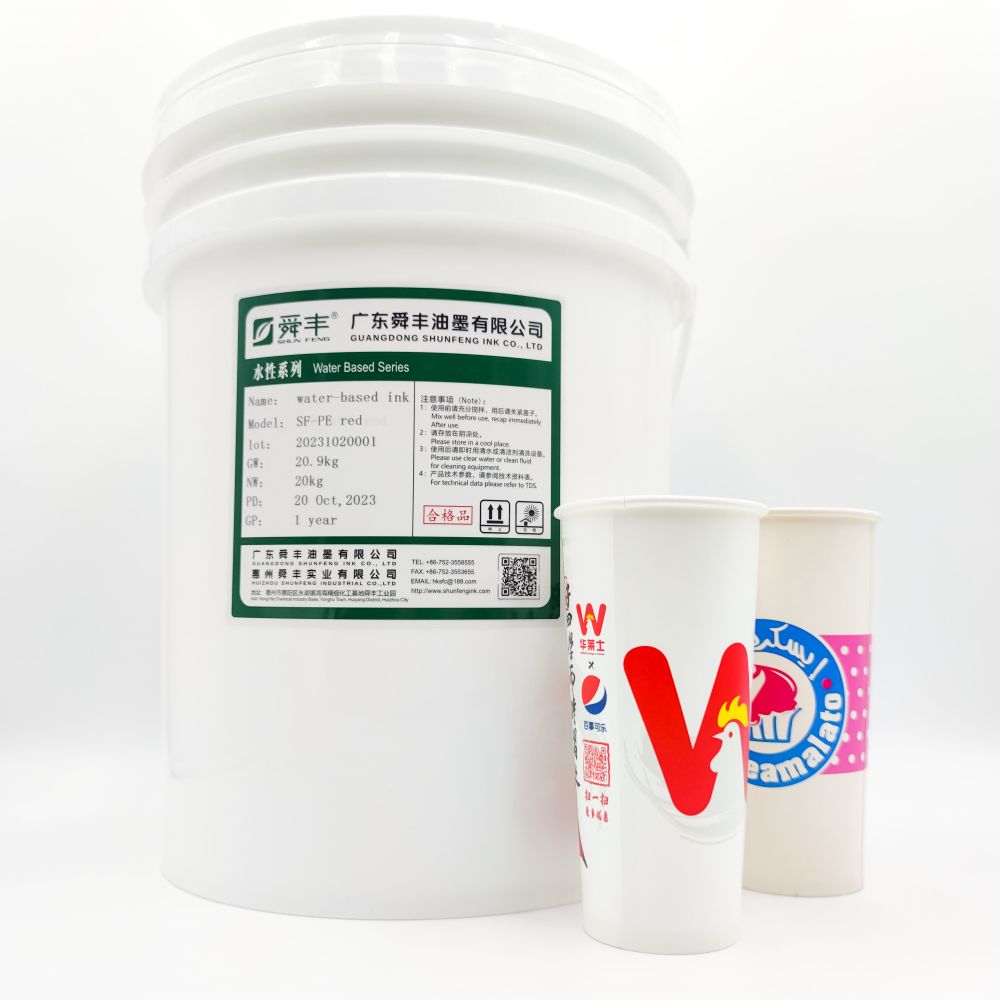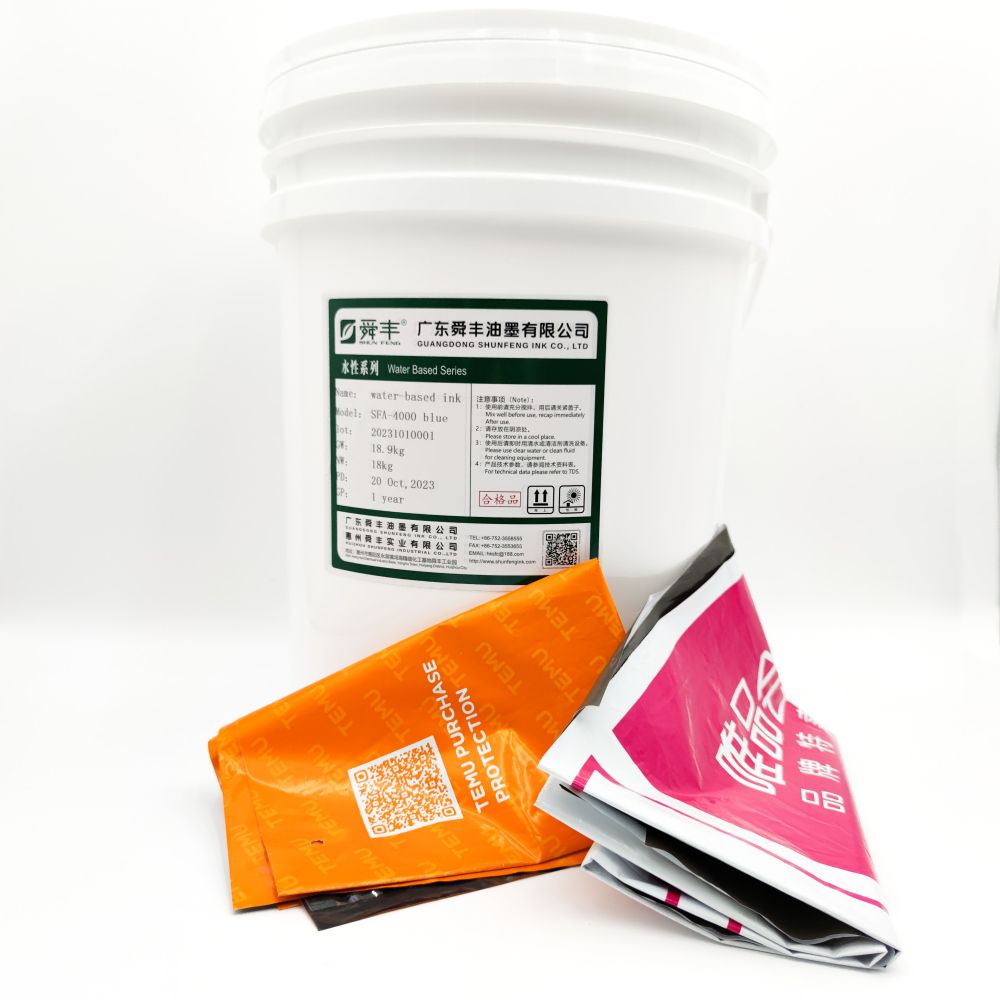0102030405
The key to gravure ink printing quality: viscosity
2024-05-20
Viscosity is influenced by multiple factors, including the inherent viscosity of the binder resin solution, pigment properties (such as oil absorption, ratio, particle size, and dispersion), compatibility between pigments and binders, as well as the type and amount of solvents. The future trend for plastic intaglio inks is a combination of high concentration with low viscosity.

- Viscosity has a significant impact on print quality: high viscosity reduces fluidity, resulting in incomplete filling of cells or white spots; it exerts greater force on the doctor blade, causing scraping difficulties and blade streaks; and it hampers ink transfer, leading to blockages. Conversely, overly low viscosity promotes excessive ink flow, manifesting as watermarks, reduced clarity, and an increased likelihood of electrostatic issues, which hinder color uniformity.
- The working viscosity of ink must be adjusted according to printing speed and plate characteristics. High-speed printing requires lower viscosity for efficient ink transfer; however, inferior inks may develop watermarks at excessively low viscosities, unsuitable for high-speed processes. Deeper tones and solid areas necessitate higher viscosity inks for detailed reproduction, whereas lighter regions, particularly those with highlights, benefit from lower viscosity inks. High-quality inks offer a broader range of adaptable viscosities, while poorer ones have a narrower range and are limited to operation at higher viscosities.

- Factors influencing ink working viscosity encompass solvent addition ratio, solvent dissolution efficiency, ambient and ink temperature, solvent evaporation rate, and solvent balance. Adding solvents appropriately can adjust viscosity, but overdoing it can lead to defects; different solvent combinations enhance solubility; temperature fluctuations affect viscosity and drying time; solvent evaporation necessitates timely replenishment to maintain stable viscosity; and solvent imbalance can cause viscosity anomalies or resin precipitation, requiring adjustments to solvent composition for equilibrium restoration.











